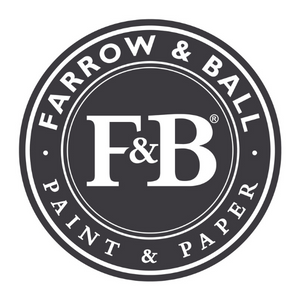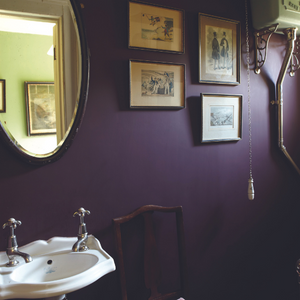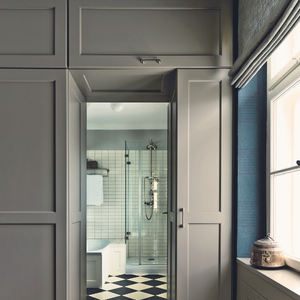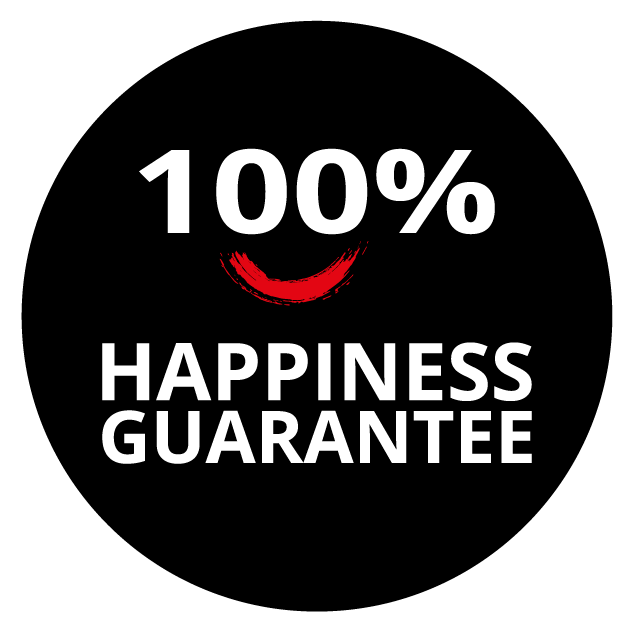History of Farrow and Ball
Since 1946, the iconic British brand, Farrow & Ball has been inspiring designers and decorators with their extensive and timeless range of high quality and intensely pigmented paints. Here we take you through the journey of how Farrow and Ball became such a prestigious and iconic British brand.
Farrow and Ball began in Dorset, by local pioneers John Farrow and Richard Ball. Interestingly Farrow was a trained chemist working for Ireland’s Agnew Paints during the Second World War, while Ball was an engineer who survived capture as a prisoner of war. After meeting at a local clay pit and sharing their joint passion of making rich colours to original formulations only using the finest ingredients, Farrow and Ball was created.
From here, the pair set up their first factory in Verwood Dorset. This is where Farrow and Ball secured their first clients, supplying paint for the Ford Motor Company, Raleigh Bicycles, the Admiralty and the War Office.
In the 1960’s Farrow & Ball moved to its current home near Wimborne where they have been crafted our paint and wallpaper ever since. This move was due to a devastating fire destroyed much of the original factory. John Farrow and Richard Ball sold their growing business to Norman Chappell towards the end of the 1960’s.

In the early 1990s, advisor on historic interiors, Tom Helme and corporate financier, Martin Ephson took over the company.
Farrow and Ball are most famously known for their range of finishes, including the chalky matt finish and rich complex colours which make them different to any other paint brand. The paints are crafted from the finest ingredients to give a depth of colour that can be admired whatever the weather or the time of day.
Farrow and Ball have upheld their original recipes and age-old methods and retained their traditional identity since the beginning, even though throughout the 70’s and 80’s many brands began creating acrylic paints with added plastics and fewer pigments.
In 2010, all Farrow and Ball paints moved to an eco-friendly water base using minimal or low VOC (Volatile Organic Compounds), making all paints low in odour and safe for not only the environment but also the whole family.
Farrow and Ball paints are also packaged in recyclable tins and all ingredients are sensibly sourced to minimise any negative environmental impact.
The names of Farrow and Ball paints have been a topic of conversation for many years. Elephants Breath, Railings, Dead Salmon and Pigeon are just a few of the quirky names of Farrow and Ball paints. Interestingly, a lot of the names given to the Farrow and Ball paint colours allude to historic houses and other landscapes an example of this is the shade ‘Railings’ which was inspired by and got its name from the colour used to paint downpipes and guttering. Other names were given to paints such as ‘Pigeon’ are simply inspired by the colour of the bird or animal. The names of Farrow and Ball paints trigger imagination and give association to a colour.






